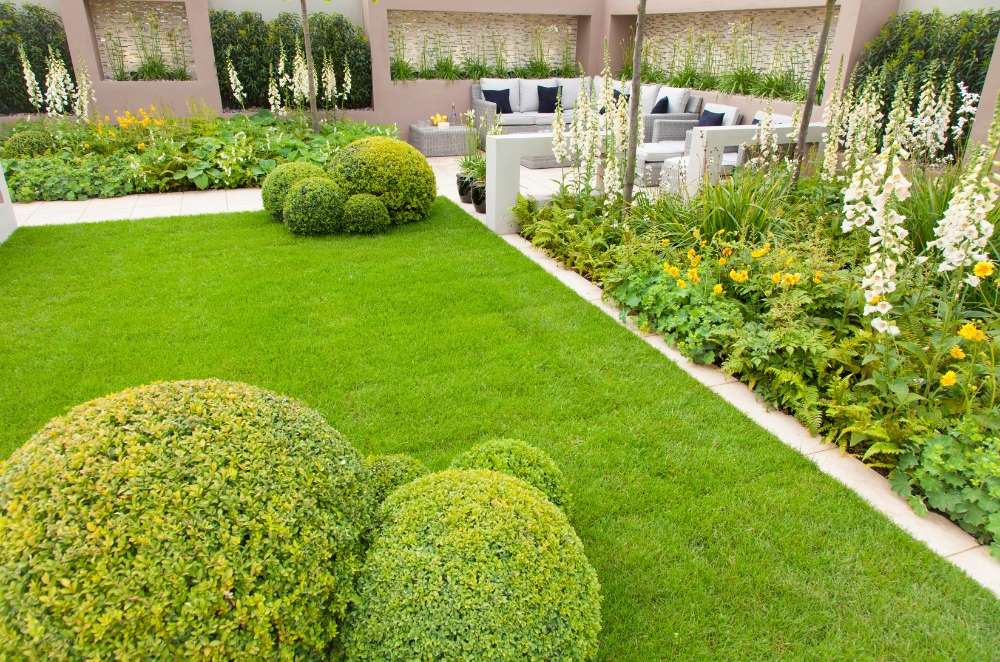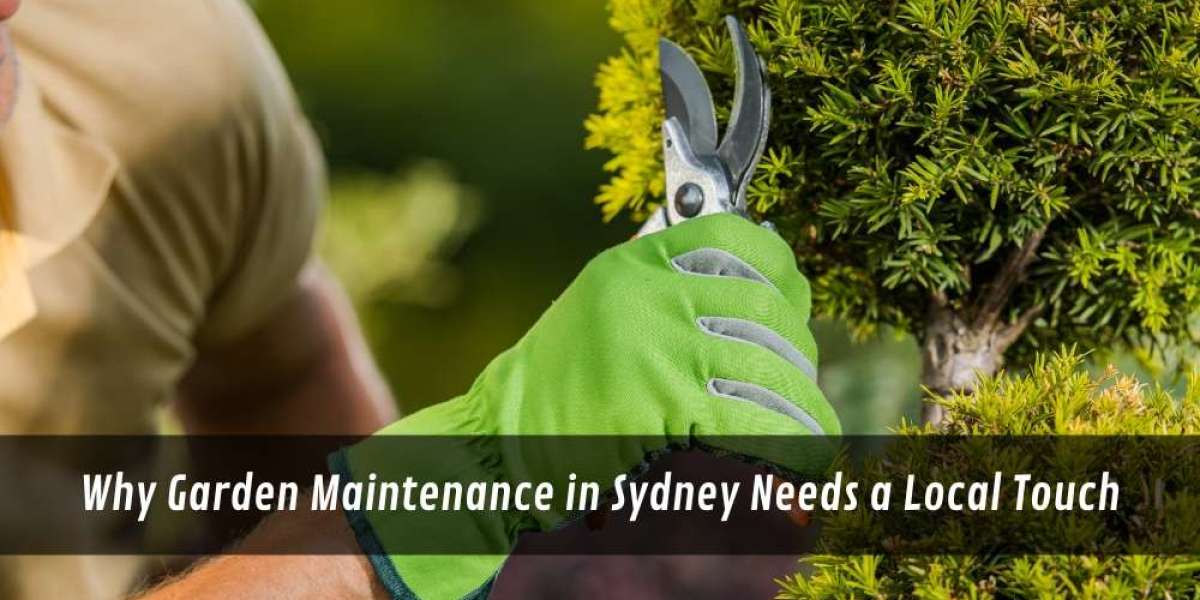Sydney's climate is one of contrasts—humid summers, dry winters, and sudden downpours that flood your lawn and leave your hedges gasping the next day. You can’t just copy-paste a gardening approach from another city. It doesn’t work here. What your garden needs in Sydney is a strategy built for Sydney. And that’s why more locals are turning to garden maintenance services Sydney with deep local experience, not just general landscaping advice.
If you've ever planted the "right" flowers, only to watch them wither in a month—or battled kikuyu grass that won’t quit—you already know: gardening in Sydney is different. Let’s break down why that is, and how to approach garden care that actually lasts.
One size doesn’t fit all – even in one city
People think of Sydney as a single climate zone. It’s not. The inner west holds heat. The north gets more rain. The west? Dry and scorching in summer. Even sea breezes along the coast can change what thrives and what dies.
So if you’re working with a standard checklist from a big-box retailer or generic blog, you’re probably missing the nuance. Local garden care isn’t about doing more—it’s about doing what works for your soil, light, shade, slope, and even your local council rules.
A Balmain courtyard doesn’t need the same maintenance plan as a Beecroft backyard. And if you’re dealing with a sloped block in the Hills District, you’ll face drainage issues the eastern suburbs never worry about.
Real gardens, real headaches
I once worked on a terrace garden in Newtown. The owner had laid turf over compacted clay without prepping the soil. Looked great for two weeks. Then it started browning from the edges inward. Turned out the roots couldn’t break through the hard-packed base. No drainage. No chance.
We lifted the turf, aerated the soil, added gypsum, and layered with quality topsoil before relaying. The difference was night and day. The point? It wasn’t bad turf. It was poor site prep—and a cookie-cutter approach.
That’s where local expertise makes all the difference.
Planting for performance, not just looks
Sydney gardeners often fall into the trap of choosing plants for colour and height without thinking about water tolerance, sun exposure, or growth patterns.
Here’s a better way to think about it:
- Natives like westringia, grevillea, or lomandra thrive in Sydney’s unpredictable weather
- Herbs and edibles need protection from harsh afternoon sun and possums
- Shallow-rooted ornamentals struggle without deep, loamy soil or proper irrigation
- Dense hedges like viburnum or murraya demand regular pruning or they’ll take over the yard
Choosing plants based on what survives in your part of the city is smarter than chasing trendy foliage. And proper pruning, mulching, and feeding schedules are key to making them thrive.
Water is gold—so use it wisely
Water restrictions are part of Sydney life. Every gardener knows the pain of watching a bed of thirsty flowers wither under Level 2 rules.
That’s why NSW Water Wise gardening isn’t just a policy—it’s a necessity. You need mulching. Drip irrigation. Soil that retains moisture without turning boggy. It’s not about watering more, it’s about watering better.
One client in Ryde halved their garden water use simply by switching to sub-surface irrigation and planting a ring of drought-tolerant natives along the boundary. The garden looked better, needed less upkeep, and weathered heatwaves without panic.
Seasonal attention is non-negotiable
Sydney’s gardens don’t go fully dormant like in colder states. That means if you skip maintenance for a season, you’ll pay for it in the next one.
- Spring: Tidy, prune, feed, and prep for growth
- Summer: Water smartly, mulch deeply, watch for heat stress
- Autumn: Light prune, aerate lawn, and prep for rain
- Winter: Clean out debris, manage pests, and reset for spring
A full-year strategy is the only way to keep things looking lush. These year-round garden maintenance tips are a great place to start if you're managing your garden on your own—or figuring out what to ask your provider.
Common garden care mistakes (and how to avoid them)
Even experienced homeowners can fall into old habits. We’ve seen it all:
- Mowing too low during drought
- Overwatering during rain-rich months
- Trimming hedges at the wrong time (goodbye, flowers)
- Using weedkiller near shallow-rooted natives
- Forgetting to feed soil before replanting beds
Many of these can undo months of hard work. This guide on common garden care mistakes dives into the habits to watch out for—especially when juggling a busy life.
Why professional help pays off (literally)
You might think garden maintenance is something you can just squeeze in on weekends. And for some people, that works—until it doesn’t. Life gets busy. Plants get neglected. Lawn gets patchy. Next thing you know, you’re spending twice as much trying to fix what regular care could’ve prevented.
Professional garden teams:
- Know your local council regs
- Spot issues before they become expensive
- Bring equipment you don’t have (aerators, dethatchers, sharp trimmers)
- Tailor plant care to your block, sun, and slope
- Can improve curb appeal—especially important if you're renting or selling
It’s not just about aesthetics. It’s asset protection.
Garden pride is real—and worth it
When your garden’s thriving, you notice it. You spend more time outside. You host friends. You feel that bit calmer walking in from work. It’s a subtle confidence boost. You’ve got your space in order.
And when things go feral—overgrown, patchy, unbalanced—you feel it too. The garden becomes something you avoid instead of enjoying.
Sydney’s weather can make or break a garden fast. But with the right knowledge and care, your yard can become a space that works with the climate, not against it.

Final word: It’s about more than plants
Sydney’s landscape is too dynamic for a one-size-fits-all approach. Getting the best results means thinking local—about climate, soil, plant choice, and maintenance rhythm.
The right garden maintenance services Sydney providers understand that. They’re not guessing. They’ve seen what works in your postcode—and what doesn’t.
Whether you’re starting from scratch or just trying to keep things alive through another summer, don’t wing it. Tap into local knowledge. Your garden will thank you for it.



